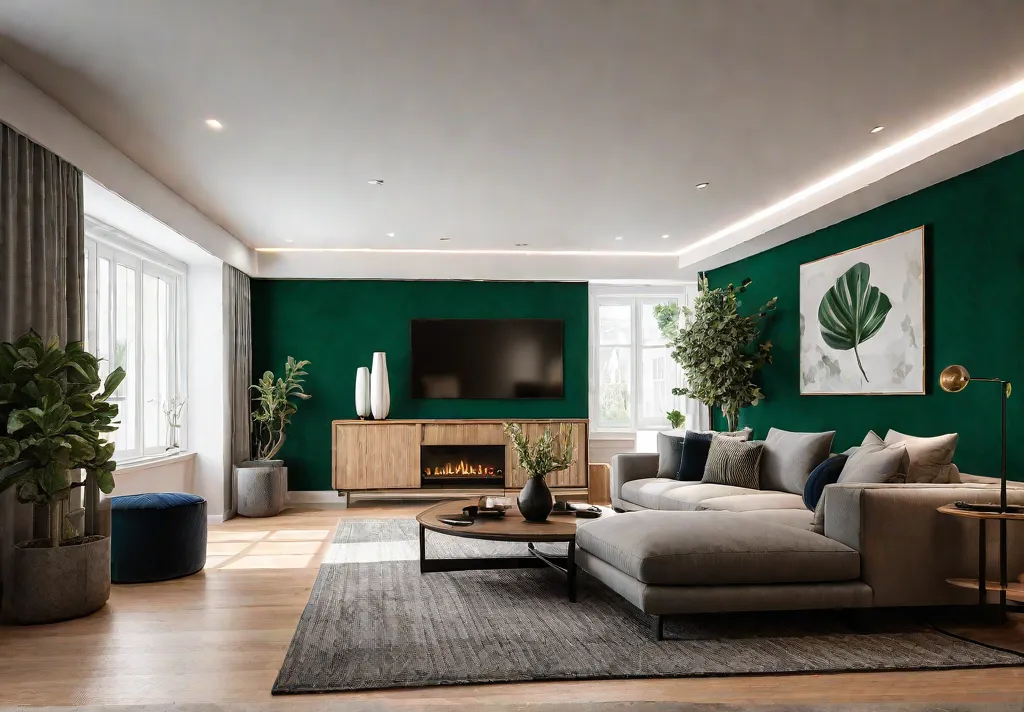Are you tired of staring at the same old walls in your living room, longing for a change? Well, you're in luck! Choosing the perfect paint color can transform your living space into a true reflection of your style and create the desired atmosphere.
Imagine entering your living room and being greeted by a warm, inviting palette that instantly puts you at ease. Or picture a bold, vibrant color that energizes the room and sparks conversation. The power of paint is truly remarkable, and with the right approach, you can create a living room that feels tailor-made for you and your family.
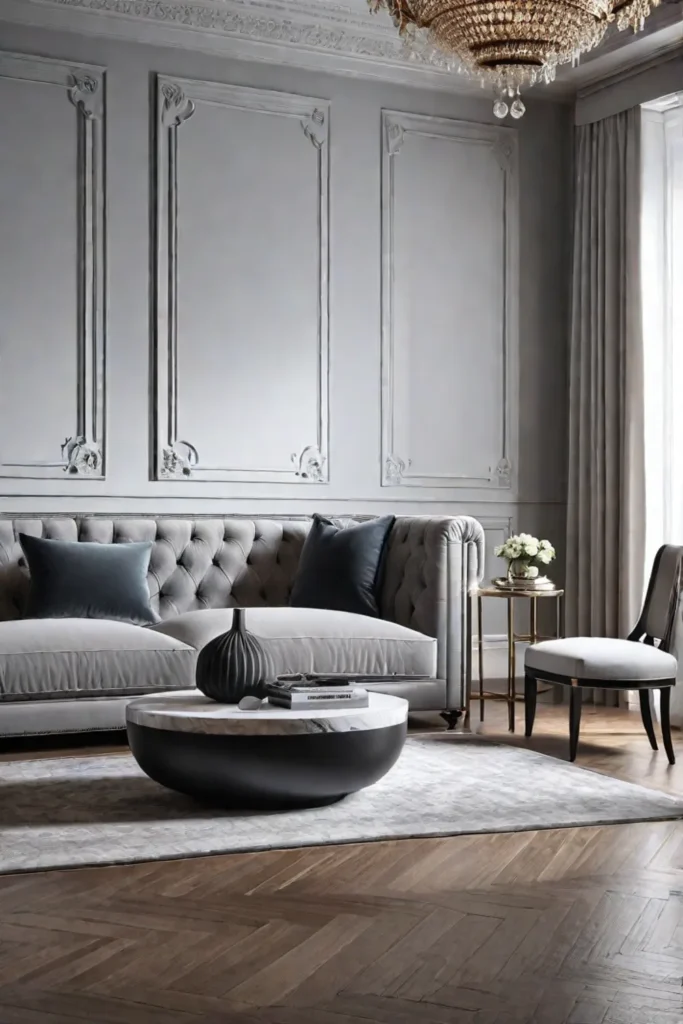
In this comprehensive guide, we'll explore the key factors to consider when selecting the perfect living room paint color. From understanding the fundamentals of color theory to identifying your style, we'll provide the tools and insights you need to transform your living space into a true work of art. So, let's dive in and uncover the secrets to choosing the ideal paint color for your living room!
Understanding Color Theory
Color theory is the foundation for creating stunning living room designs. By understanding the relationships between different hues, tones, and shades, you can strategically use paint to set the mood and atmosphere of your space.
Let's start with the basics. The color wheel visually represents the primary, secondary, and tertiary colors. These colors are classified as:
- Primary Colors: Red, blue, and yellow
- Secondary Colors: Green, orange, and purple (created by mixing two primary colors)
- Tertiary Colors: Yellow-green, blue-green, blue-purple, red-purple, red-orange, and yellow-orange (created by mixing a primary and secondary color)
Understanding the color wheel is crucial because it helps you identify complementary colors (those opposite each other on the wheel) and analogous colors (those next to each other). Complementary colors create a bold, high-contrast look, while analogous colors offer a more harmonious, cohesive feel.
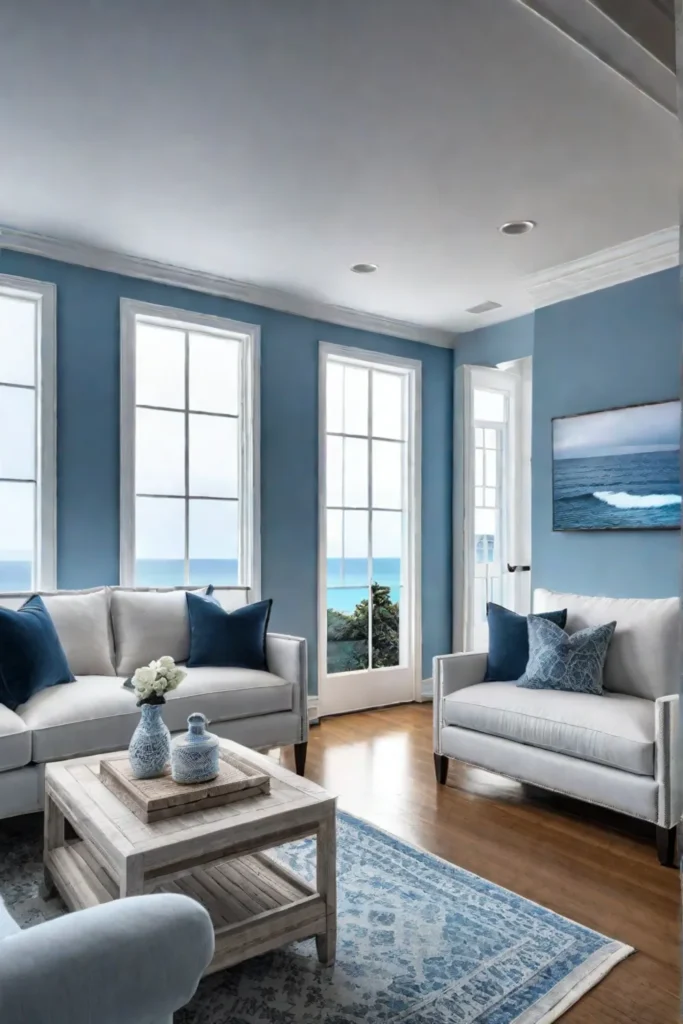
Another important consideration is the distinction between warm and cool colors. Warm colors, such as reds, oranges, and yellows, tend to advance and make a space feel smaller. Cool colors, like blues, greens, and purples, tend to recede and make a space feel larger. Strategically using these color properties can help you manipulate your living room's perceived size and atmosphere.
Identifying Your Style
Before you consider paint colors, it's essential to consider your personal design style. Your style can be influenced by various factors, from your cultural background to your lifestyle. Understanding your style will help you choose a paint color that truly reflects your unique aesthetic.
Some common living room design styles include:
- Modern: Clean lines, minimalism, and a focus on functionality. This style often incorporates neutral colors with bold, vibrant accents.
- Traditional: Inspired by historical styles, this style features ornate details and rich, luxurious colors like deep reds, greens, and gold.
- Farmhouse: Characterized by natural materials, earthy tones, and a cozy, relaxed atmosphere. Think warm neutrals, like beige and cream, with pops of rustic charm.
- Coastal: Influenced by the beach and ocean, with light, airy colors like soft blues, greens, and sandy neutrals.
- Industrial: Featuring exposed brick, concrete, and metal accents, often with a palette of dark, moody colors like charcoal and navy.
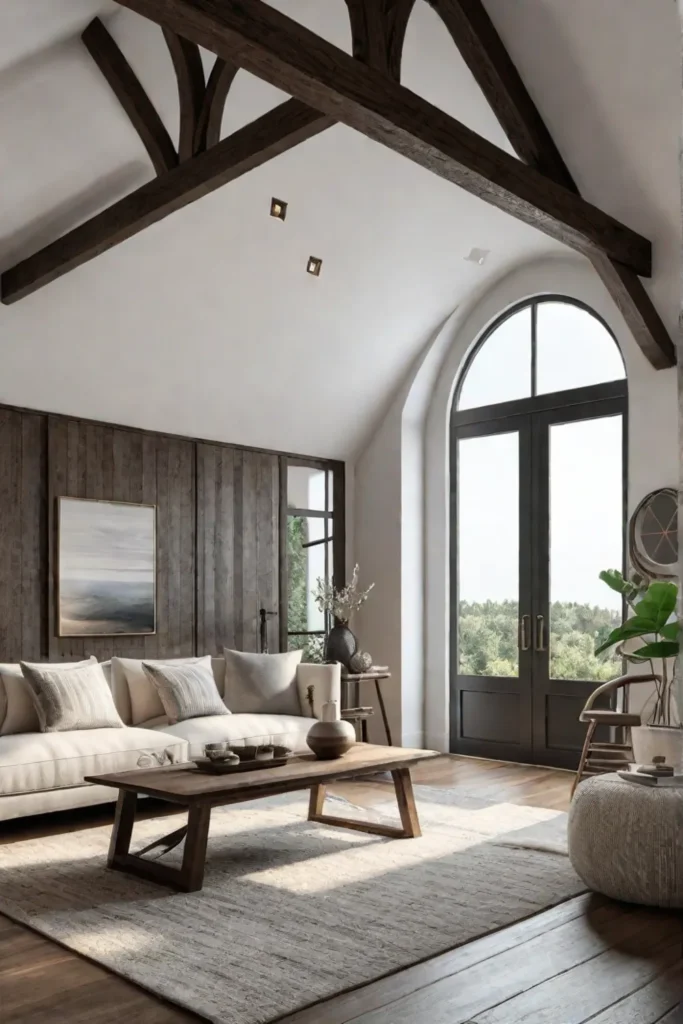
Once you've identified your style, you can envision how different paint colors will complement your decor and furnishings. This will help you create a cohesive, harmonious living room design.
The Importance of Lighting
Lighting is a crucial factor in choosing the perfect living room paint color. The amount of natural and artificial light in your space can dramatically affect the paint color.
Consider the direction and intensity of the light in your living room. Rooms with abundant natural light may appear brighter and more vibrant, while spaces with limited light may feel more muted and cozy. Artificial lighting, such as incandescent, LED, or fluorescent bulbs, can also influence the perceived color of your walls.
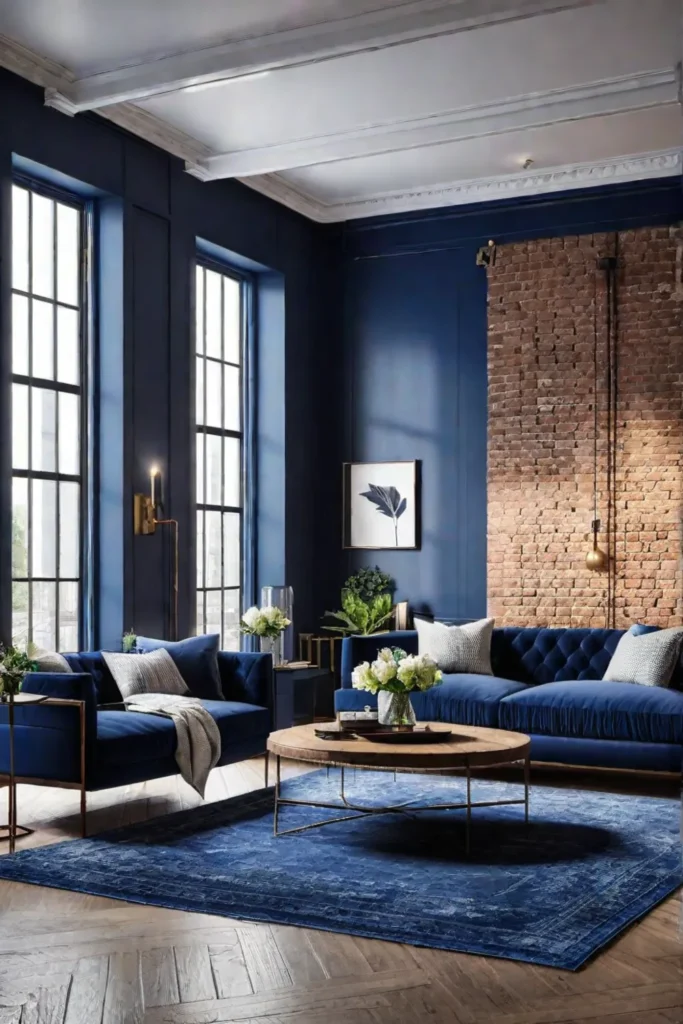
To ensure you select the right paint color, it's essential to test it out in your living room under different lighting conditions. This will give you a better idea of how the color will look throughout the day and in various lighting scenarios. Pay close attention to how the paint color changes in the morning, afternoon, and evening, as well as under different types of artificial lighting.
Undertones and Color Coordination
When selecting a living room paint color scheme, it's not just the surface tone that matters – the underlying undertone can also significantly impact the overall appearance and feel of the space.
Undertones are the subtle hues that can be seen when a color is viewed in different lighting conditions. For example, a paint color that appears blue on the surface may have a green undertone that becomes more apparent in certain light. Understanding and working with undertones is crucial for creating a cohesive and harmonious living room design.

Warm undertones, such as red, orange, and yellow, can create a cozy, inviting atmosphere, while cool undertones, like blue, green, and purple, can contribute to a more calming, serene ambiance. Paying attention to the undertones in your existing decor and furniture can help you select a paint color that complements and enhances your living room's overall aesthetic.
Small vs. Large Living Rooms
The size of your living room is another important factor to consider when choosing the perfect paint color. Different color choices can have a significant impact on the perceived size and feel of the space.
Light and airy colors in a small living room can help create the illusion of a more spacious and open environment. Soft pastels, like pale blues and greens, and neutral tones, like white and beige, can reflect light and make the room feel larger. Conversely, darker, richer colors can help create a cozy, intimate atmosphere in a large living room. Shades of red, blue, and green can absorb light and make the space feel more inviting and comfortable.
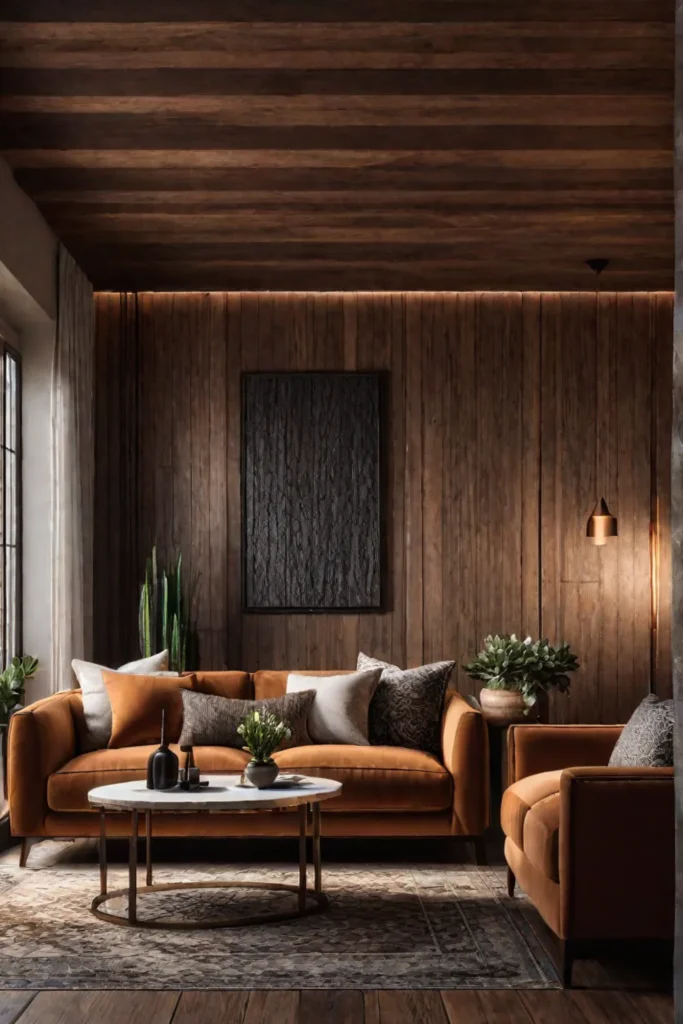
By understanding how different paint colors can manipulate the perceived size of your living room, you can select a color that perfectly suits the dimensions of your space and the desired mood you want to create.
Coordinating with Existing Decor
When choosing a living room paint color, it's essential to consider your existing decor and furnishings. After all, you want the new paint color to complement and enhance your design elements, not clash with them.
Start by identifying the dominant colors and tones in your living room. Look at your furniture, artwork, rugs, and other accessories, and note the primary hues and undertones. This will help you select a paint color that seamlessly integrates with your existing decor, creating a cohesive and harmonious look.
One effective strategy is to choose a paint color that is complementary to one of the dominant colors in your living room. For example, if your living room has a lot of warm, earthy tones, you might consider a cool, blue-based paint color to create a striking contrast. Alternatively, you can opt for a paint color that is a slightly lighter or darker version of an existing hue, which can help tie the room together.
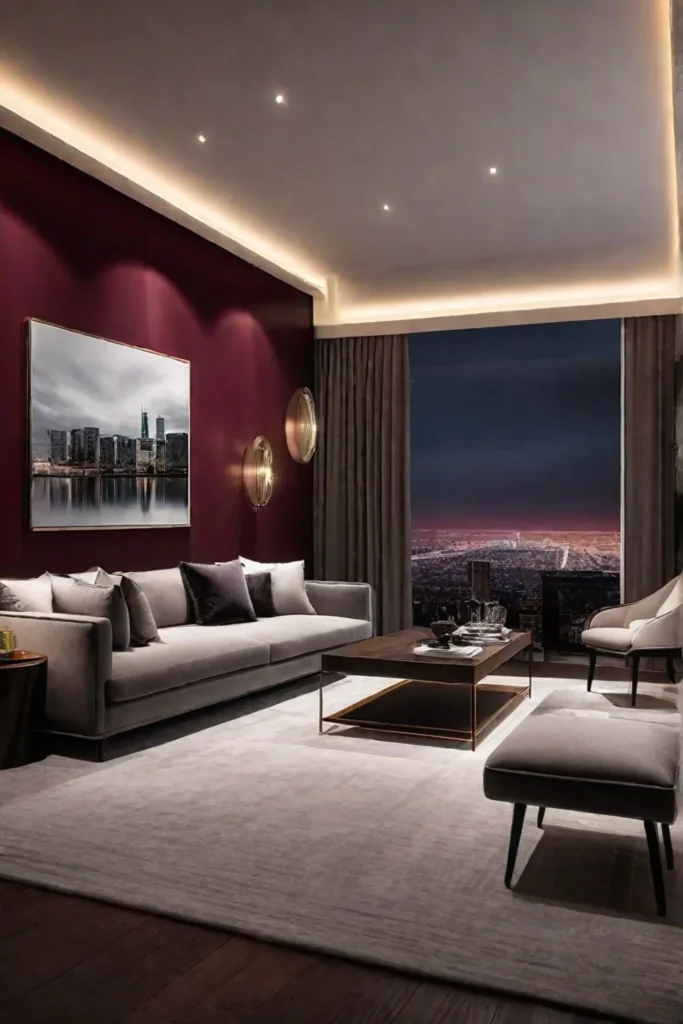
Remember, you can also use accent colors to add vibrancy and personality to your living room design. You can create a truly cohesive and visually appealing space by incorporating these accents through textiles, artwork, and other decorative elements.
Trends and Timeless Classics
Regarding living room paint colors, there's a delicate balance between embracing the latest trends and opting for timeless classics. Both approaches can have their merits, and understanding how to incorporate them can help you create a living room that feels fresh and enduring.
In recent years, we've seen a rise in moody neutrals, bold accent walls, and earthy tones. These paint color choices reflect a desire for warmth, coziness, and a connection to nature. Moody neutrals, such as deep grays and taupes, can create a sophisticated and inviting atmosphere, while bold accent walls in rich blues or greens can add a striking visual element to your living room.
Conversely, timeless classic living room paint colors, like white, gray, and beige, have remained popular. These neutral hues provide a versatile foundation that can be easily dressed up or down, allowing you to update your living room decor over time without repainting the walls.
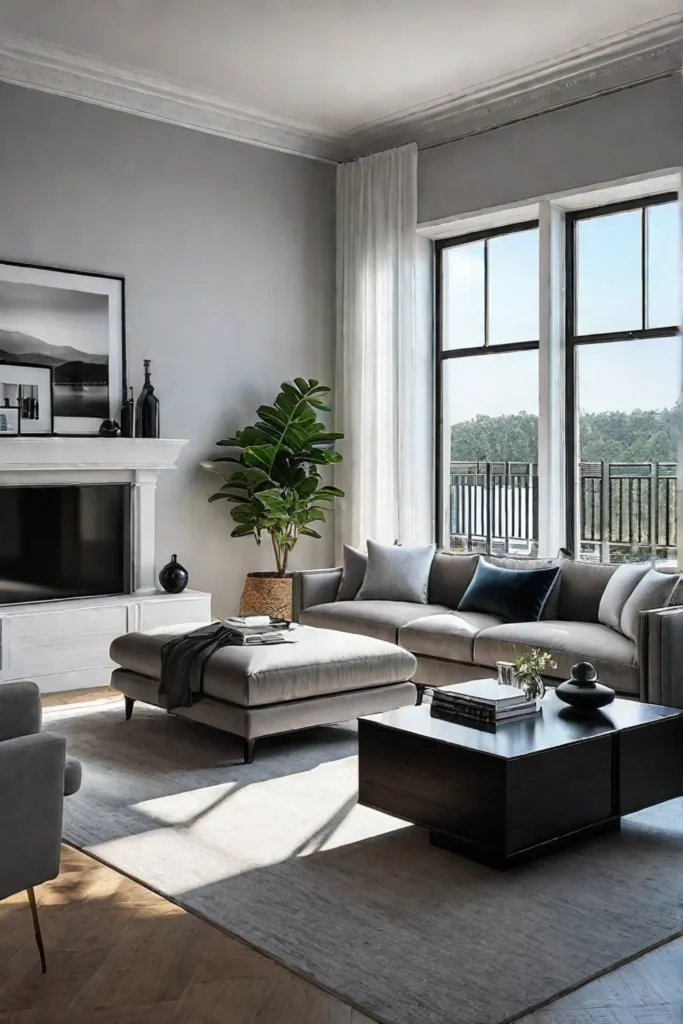
To balance trends and classics, consider using a timeless neutral as the foundation for your living room design and incorporating trendy accents through smaller, easily changeable elements like throw pillows, artwork, and decorative accessories. This approach ensures your living room feels both modern and enduring.
Putting it All Together
Now that you've explored the key factors to consider when choosing the perfect living room paint color, it's time to put your newfound knowledge into practice. Here are the essential steps to ensure a seamless, long-lasting paint job:
Prepare the Space: Clean the walls thoroughly and repair any cracks or holes. Tape off trim, windows, and other surfaces you don't want to paint, and protect your floors and furniture with drop cloths.
Apply the Paint: Use a high-quality paintbrush to cut in around edges and corners, then roll the paint onto the larger wall areas. Apply a second coat for optimal coverage and a professional-looking finish.
Maintain the Color: Regularly inspect your living room walls for signs of wear or damage, and touch up any scratches or scuffs with matching paint. Consider repainting every 5-10 years to keep your living room looking fresh and vibrant.
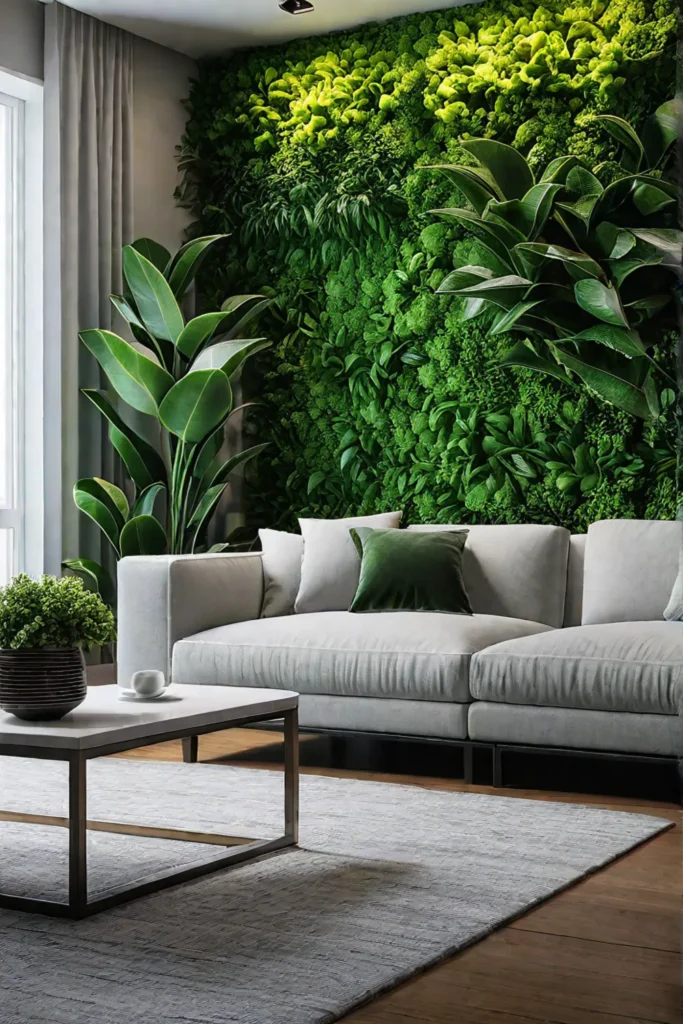
Preparation and attention to detail are the keys to a successful living room paint transformation. By following these steps and using high-quality paint products, you can ensure a beautiful, long-lasting result that truly reflects your style and the unique character of your living space.
Conclusion
Choosing the perfect living room paint color is an exciting and transformative process. By understanding the fundamentals of color theory, identifying your design style, and considering factors like lighting and existing decor, you can create a living room that is both visually stunning and tailored to your unique preferences.
Whether you're drawn to the latest color trends or prefer the timeless appeal of classic neutrals, the key is to approach the selection process with an open mind and a willingness to experiment. Test out different paint colors, observe how they interact with the light and your existing furnishings, and trust your instincts to guide you toward the perfect hue.
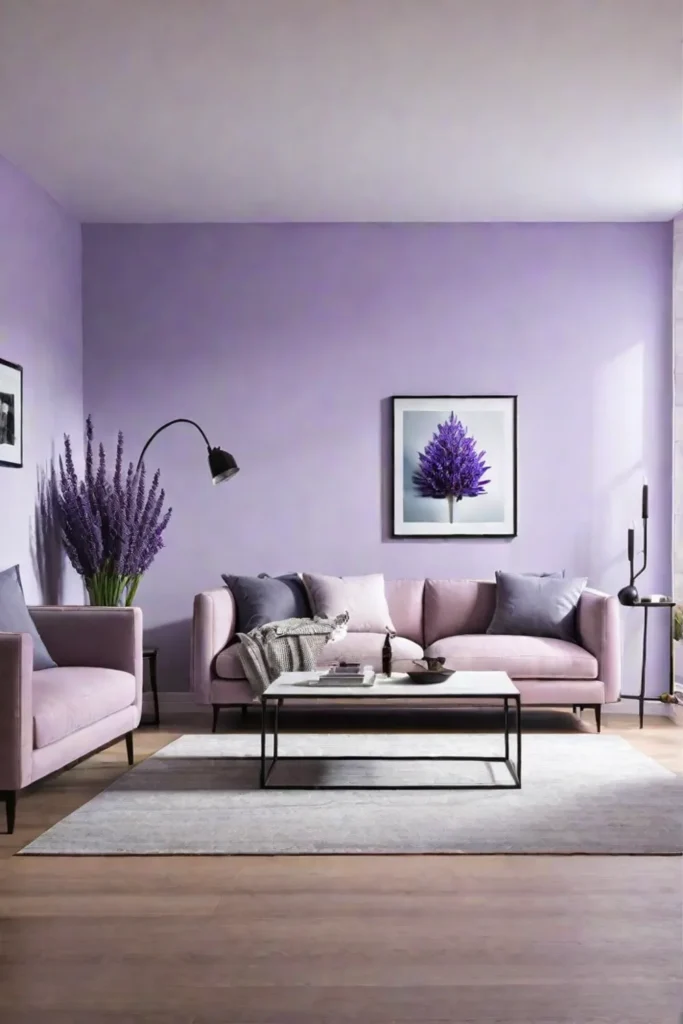
Remember, your living room reflects your personal style and how you want to experience your home. By investing time and effort into choosing the perfect paint color, you'll create a living space that looks beautiful and feels like a true extension of your unique personality and lifestyle. So, prepare to transform your living room and make it a space you'll love coming home to!
